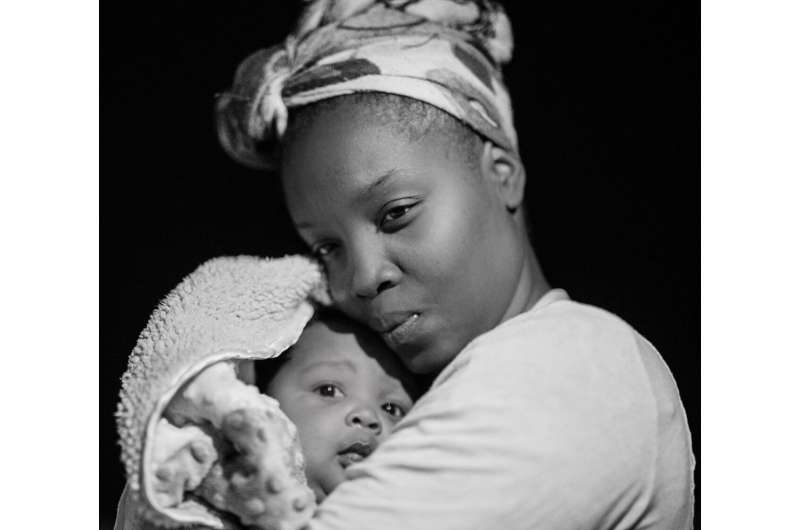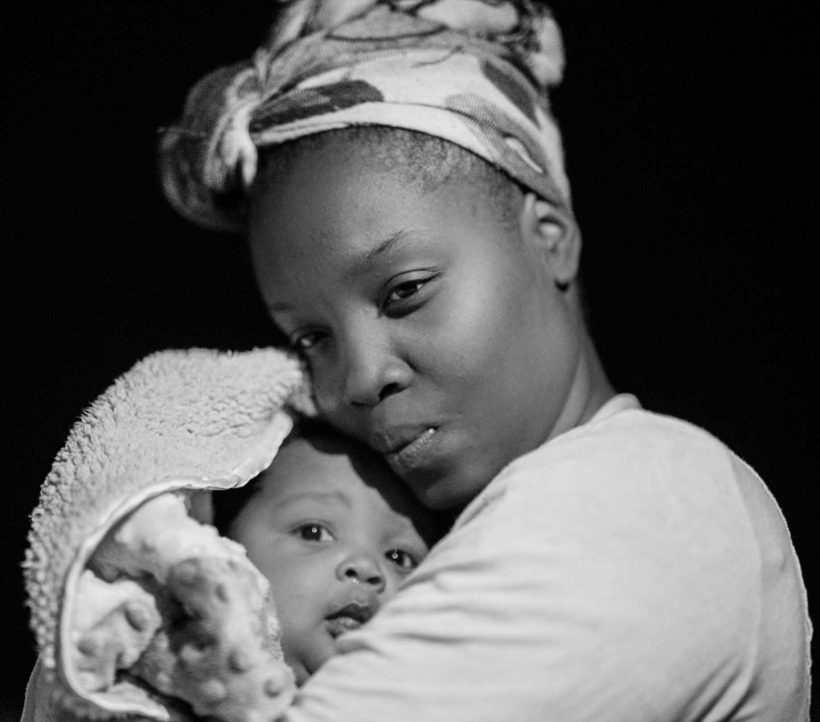
New research from Penn State found that children with positive, early interactions with their care givers—characterized by warmth, responsiveness, and a sitmulating home environment—were at reduced risk of childhood obesity.
“A lot of the discussion around childhood obesity and other health risks focuses on identifying and studying the exposure to risk,” said Brandi Rollins, assistant research professor of biobehavioral health. “We took a strength-based approach in our analysis. We found that a supportive family and environment early in a child’s life may outweigh some of the cumulative risk factors that children can face.”
The study, “Family Psychosocial Assets, Child Behavioral Regulation, and Obesity,” recently appeared in the journal Pediatrics. In the article, Rollins and Lori Francis, associate professor of biobehavioral health, analyzed data from more than 1,000 mother-child pairs and found that children’s early exposures to family psychosocial assets—including a quality home environment, emotional warmth from the mother, and a child’s ability to self-regulate—reduced the risk of developing childhood obesity.
Encouragingly, these factors were protective even when children faced familial risks for obesity, including poverty, maternal depression, or residence in a single-parent home.
“Research on parenting has shown that these types of family assets influence children’s behavior, academic success, career, and—not surprisingly—health,” Rollins said. “It is significant that these factors also protect against childhood obesity because the family assets we studied are not food or diet-specific at all. It is heartening to know that, by providing a loving, safe environment, we can reduce the risk that children will develop obesity.”
Severe obesity
Children are deemed to have obesity when their body mass indices (BMIs) are greater than 95 percent of other children their age and gender. There is a great deal of variance, however, in the BMIs of children who exceed the obesity threshold. Children whose BMI is 20 percent higher than the obesity threshold are considered to have severe obesity.
The researchers found that children who had early-onset severe obesity did not face greater levels of family risk than children who were not obese. Children with severe obesity, however, did have fewer family assets than children who were not obese or who displayed moderate levels of obesity. More research is needed to understand which factors contribute to the development of severe obesity and which factors reduce the risk.
“Though the findings on severe obesity may seem discouraging, they offer some hope,” Rollins explained. “Some risk factors, like household poverty, can be very difficult to change. Assets, on the other hand, may be easier to build. People can learn to parent responsively. It is encouraging that parenting really matters, that family matters.”
What parents can do
This work is based on research in parenting and child development. Responsive parenting, one of the family assets measured in the study, involves responding to children in a timely, sensitive, and age-appropriate manner based on the child’s presenting needs. Researchers in Penn State’s Center for Childhood Obesity Research are also exploring how responsive parenting can reduce the risk of childhood obesity.
This study focused on childhood obesity, but the researchers said that parents may improve many outcomes for their children by learning responsive-parenting skills. Knowledge of responsive-parenting skills, however, may not lead directly to implementing those skills in the home.
“No one can read a pamphlet about cars and suddenly expect to drive,” said Rollins. “Driving is a skill that requires education and practice. The same is true of responsive parenting.
Source: Read Full Article






